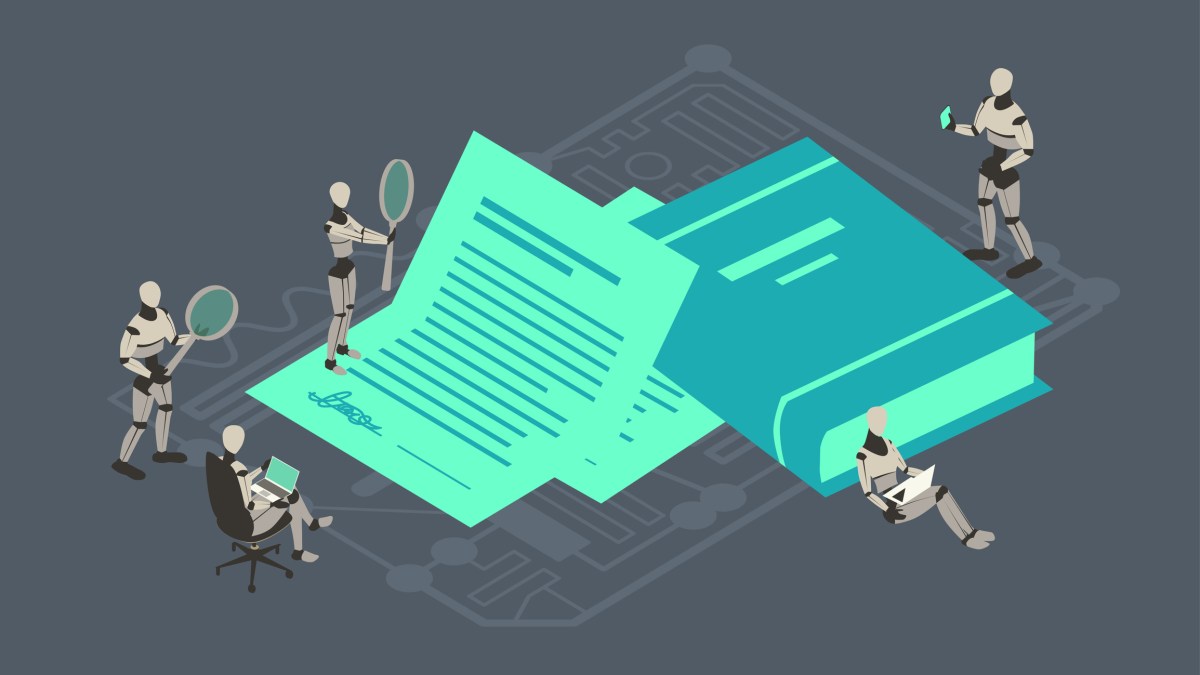Voting System Components And Their Vulnerabilities
I worked in the fields of scanning, laser printing, commercial printing, software development and testing, and image processing. I have never worked for a voting systems company, but I have worked for a government contractor, which these companies are, and I understand how these different image-related functions can be combined to make a voting system. … Read More »Voting System Components And Their Vulnerabilities
I worked in the fields of scanning, laser printing, commercial printing, software development and testing, and image processing. I have never worked for a voting systems company, but I have worked for a government contractor, which these companies are, and I understand how these different image-related functions can be combined to make a voting system. This article is about how the voting process can be corrupted through the use of these components. I am not saying that these vulnerabilities were exploited in any particular election. I am saying that they COULD be exploited. This is why some are fighting to eliminate electronic voting systems from our elections entirely.
After the 2020 election, Arizona elections officials conducted an audit. They found that there was no problem with the election results, and that there was no internet connectivity. The forensic audit performed by Cyber Ninjas and presented to the Arizona Legislature found this to be untrue.
One important component of a voting system is printing. Printing requires ink or toner, and it is performed at a certain resolution, or fineness, which is referred to as dpi, or dots per inch. Ballots must be printed in advance of an election, generally by a commercial printer at very high resolution using ink or toner, or on site at a voting location using toner. In Arizona, I heard one woman on youtube who spoke of the problems she encountered last Tuesday while trying to vote. She indicated that she was asked if she wanted a republican ballot or a democrat ballot. This tells me that there is the potential for foul play in the commercial printing of these two types of ballots. A republican ballot could be printed in such a way that it would be more likely to be rejected by the voting system. For example, ballots that are “out of registration” could be rejected by the voting system software, or ballots that are printed without enough resolution would also be subject to rejection.
Most laser printers offer the option to save on toner cost because toner is very expensive. If a printer is set to print at lower resolution to save on toner, a ballot might not be readable. There are markings that are pre-printed on every ballot, and there are markings that take place at the time of voting which are made by the voter at home or in a voting location. Pre-printed ballots that do not have enough resolution, or that are out of “registration,” can get rejected by the software that controls the scanners. I read the Dominion manuals online when there was so much controversy after the 2020 election, and I found that testing the voting system required ballots to be laser printed at a minimum resolution of 300 dpi.
Scanners are the devices that create the images that get interpreted by the voting system software. This software is considered proprietary by the voting systems company, the Vendor to the government agencies responsible for elections. Scanners have “thresholds” that can be set to determine whether a mark at a particular spot on a ballot is considered to be “on” or “off.” Reducing scanning resolution can increase the likelihood of a ballot getting rejected. The higher the scanning resolution, the larger the ballot image file size, so the Vendor wants to design a voting system that can process ballots scanned at lower resolutions if possible.
To have an election, someone designs the ballots using the proprietary voting systems software. Think of this as page composition software, the “page” being the ballot. Because elections occur infrequently, employees with the expertise to perform this task may not be present at the county elections office, and so election officials may rely on the voting systems Vendor to perform this task.
There are several “levels” of information on a ballot. Level one is the pe-printed information that tells the voting system, for instance, who voted the ballot and where the ballot comes from geographically. Level two is the candidate information. Every election is different. Think of District 3 in CA in which Kevin Kiley was battling for a Congressional seat against Kermit Jones. In another District, there could not only be different candidates, but a different number of candidates. The ballot can be thought of as existing in the X-Y Coordinate Plane. A lot of X’s and a lot of Y’s are on every ballot. Imagine that one square inch on the ballot can have 300 X-values and 300 Y-values, or even 600 X-values and 600 Y-values. Level three information on a ballot are the marks made by voters to select one candidate(or issue) over another. A marking at a particular X-Y zone on the ballot which is of a certain size with a certain number of pixels (the marks referred to in paragraph four) that are “on.” would be called a “vote” for a particular candidate. People are advised to use a particular writing instrument and carefully darken the entire oval on the ballot and not make any marks outside the oval because not enough darkening of the oval can get the ballot rejected, as can marks outside the oval. This explains the controversy in 2020 wherein sharpies were handed to voters to mark their ballots. The “bleed-through” that the sharpies caused would make the ballots get rejected completely, or get sent to an Adjudication folder(a logical one, not a physical one).
There is a vulnerability that could account for what was witnessed in Antrim County Michigan in 2020. A Clerk there in the elections office noticed that when she uploaded her Antrim County’s votes to a central tabulating office, her votes for Biden and Trump got switched. This switch made Biden the winner in Antrim County. The Clerk knew this was impossible, given the composition of her county in terms of Republican verses Democrat voters.
Knowing how voting systems must be programmed to interpret the marks on ballots, I can see how votes for one candidate can be attributed to another and vice-versa. It is a simple question of “geography” on the ballot. This switching is something that could happen through an update to election software that takes place at any time, even late in an election cycle when those administering the election can see which candidates are winning and by how much. In Antrim County, Michigan, of course, we were told that the “glitch” was due to operator error. This explanation never made sense to me because the uploading process for vote totals would not be subject to such error.
A forensic audit of the election in AZ is justified based on the issues experienced on election day. The election officials would like us all to believe that everything is just fine, and that printing and ballot scanning and processing glitches are normal. They would like us to believe that someone in purchasing did not buy enough toner, and that this was due to incompetence, not malfeasance. As Americans, we deserve to find out if any of the various election system vulnerabilities described here were exploited intentionally as part of a plan to throw the mid-term election.




















